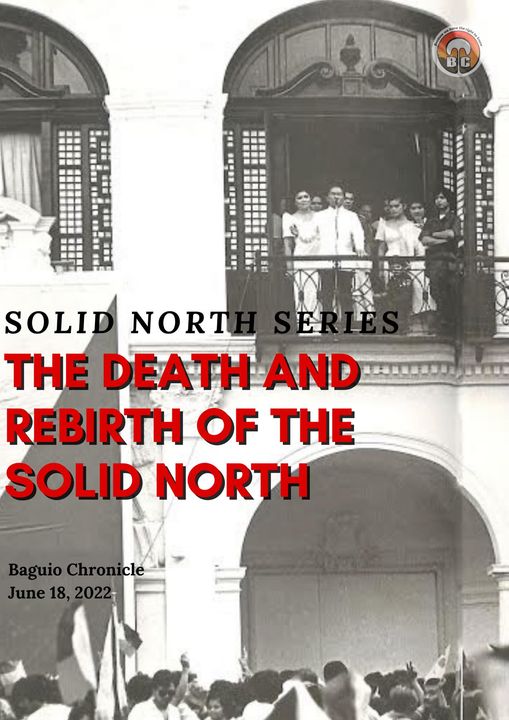IN hindsight, the start of the fall of President Ferdinand Marcos came on August 21, 1983, when opposition leader Benigno "Ninoy" Aquino Jr. was murdered moments after his plane landed at the Manila International Airport. Only 50 years old at that time, Ninoy was the bright star of the opposition: he was the youngest governor and senator. In exile in Boston at that time, Ninoy knew that Marcos was gravely sick and he sought to return despite the risk to revive the opposition.
His wake and burial were attended by throngs. The subsequent trial, though inconclusive, convinced a lot of Filipinos about the culpability of the Marcos regime.
According to a 1988 paper by Luzviminda Tancangco and Roger Mendoza of the College of Public Administration at the University of the Philippines, the series of events "marked a turning point in the two-decade rule of President Ferdinand E. Marcos as ignited simultaneous and interlocking crises that engulfed an entire nation under a lingering authoritarianism."
Other political scientists said that the crisis even before the Aquino assassination was already crumbling at Marcos's political base.
"Just as the assassination of Aquino did not cause the financial crisis, it also did not cause the political and moral crises," said William Overholt in his 1986 article on Asian Survey entitled, The Rise and Fall of Ferdinand Marcos.
The financial crisis mentioned here was the effect of the extensive borrowing by the regime to finance its development programs and investment projects and the increasing plunder of the country's wealth by the Marcos family and cronies.
"They decisively preceded the assassination and were by themselves sufficient to ensure the downfall of Marcos. The assassination focused attention on the pre-existing crises and precipitated broader involvement and more explicit political action. Most notably, it drove the business elite and the clergy to the streets," Overholt said.
Six years after declaring Martial Law, Marcos in 1978 created the Kilusang Bagong Lipunan or the New Society Party which was an umbrella of coalitions of mostly right-wing party factions. It killed the traditional two-party system in the Philippines and ushered in a tradition by new presidents who wanted to consolidate power and make political butterflies of winning politicians.
The Aquino assassination created a political reawakening which resulted in coalescing the traditional opposition political parties like the United Nationalist Democratic Organization (Unido - and Pilipino Democratic Party - Lakas ng Bayan) with nationalist and cause-oriented groups. These resulted in the so-called yellow confetti revolution and the parliament in the streets.
KBL at that time was also wracked with resignations from party members until Marcos had to rely on his Solid North again.

